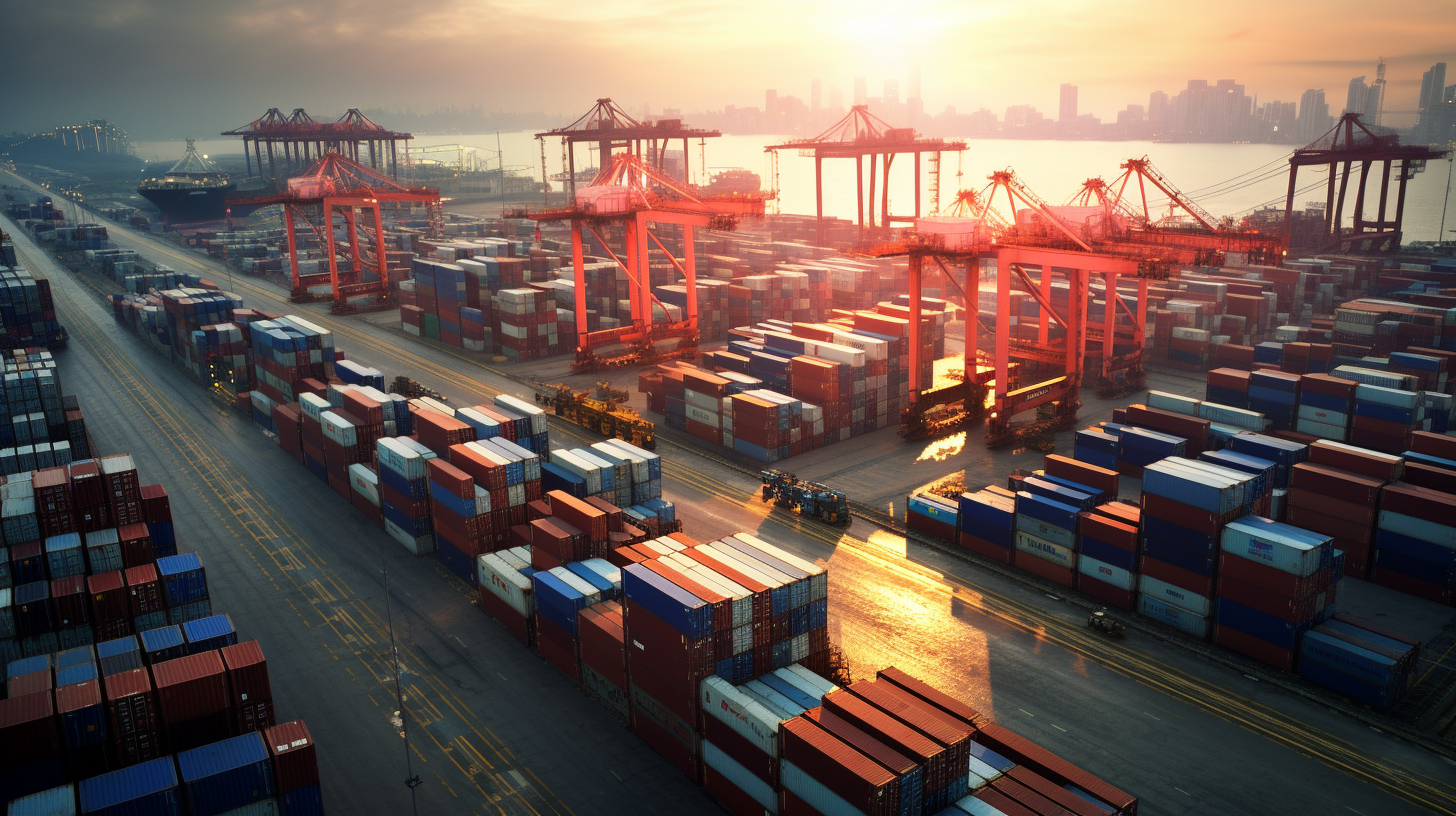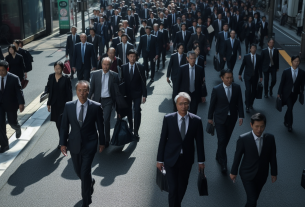China, the world’s second-largest economy, is currently grappling with a series of economic challenges. These hurdles, while complex, are not insurmountable. They offer an opportunity for the nation to reassess its economic strategies and implement innovative solutions.
The Debt Dilemma
One of the most pressing issues is the country’s mounting debt. China’s debt-to-GDP ratio has been on an upward trajectory, raising concerns about the sustainability of its economic model. The government’s efforts to stimulate the economy through infrastructure projects and other investments have contributed to this debt pile-up. While these measures have helped maintain growth rates, they have also led to an increase in corporate and local government debt.
The Demographic Hurdle
China’s demographic structure is another significant challenge. The country’s one-child policy, which was in place for more than three decades, has resulted in an aging population. This demographic shift is expected to put pressure on the country’s social security and healthcare systems. Moreover, it could potentially lead to a labor shortage, affecting productivity and economic growth.
The Environmental Equation
China’s rapid industrialization has come at a significant environmental cost. The country is now facing the daunting task of balancing economic growth with environmental sustainability. The government has made some strides in this area, such as investing in renewable energy and implementing stricter environmental regulations. However, the scale of the challenge is immense, and more needs to be done.
The Innovation Imperative
Innovation is another area where China needs to make significant strides. While the country has made progress in areas like e-commerce and mobile payments, it still lags in terms of high-tech manufacturing and cutting-edge research and development. Boosting innovation is crucial for China to move up the value chain and sustain long-term economic growth.
Frequently Asked Questions (FAQ)
1. What is the debt-to-GDP ratio?
The debt-to-GDP ratio is a measure that compares a country’s public debt to its gross domestic product (GDP). A high ratio could indicate that a country has a large amount of debt relative to the size of its economy.
2. What is the one-child policy?
The one-child policy was a population control measure implemented by the Chinese government in 1979. It limited most families to one child, with some exceptions. The policy was phased out in 2015.
3. What is meant by high-tech manufacturing?
High-tech manufacturing involves the production of advanced technology products, such as semiconductors, aerospace equipment, pharmaceuticals, and more. It typically requires a high level of research and development and skilled labor.
4. What is the value chain?
The value chain refers to the series of activities that businesses go through to deliver a product or service to the market. It includes everything from design and production to marketing and after-sales service. Moving up the value chain means producing goods or services that have higher added value.
The source of the article is from the blog tvbzorg.com



